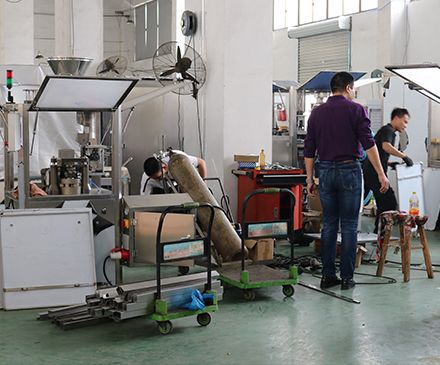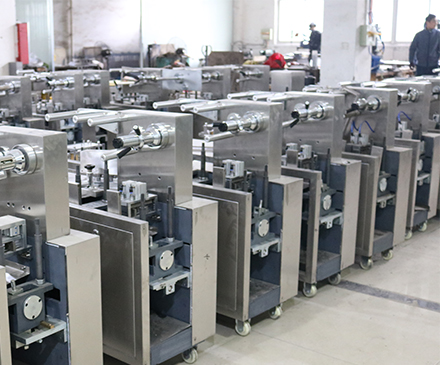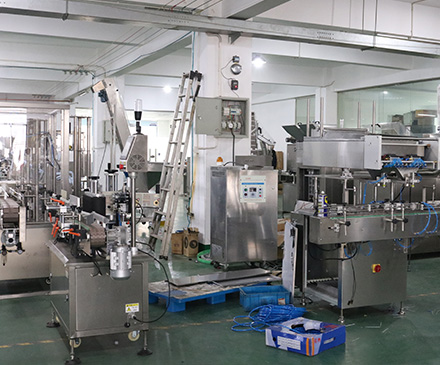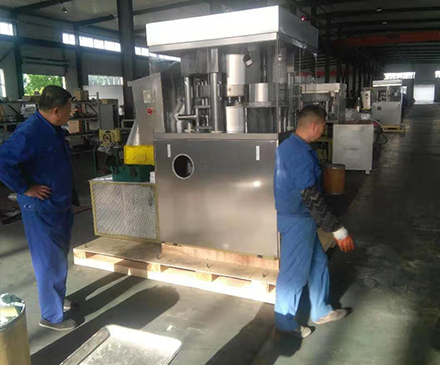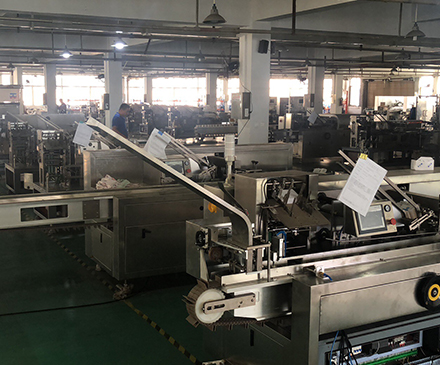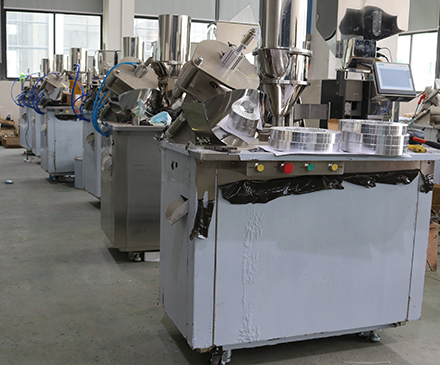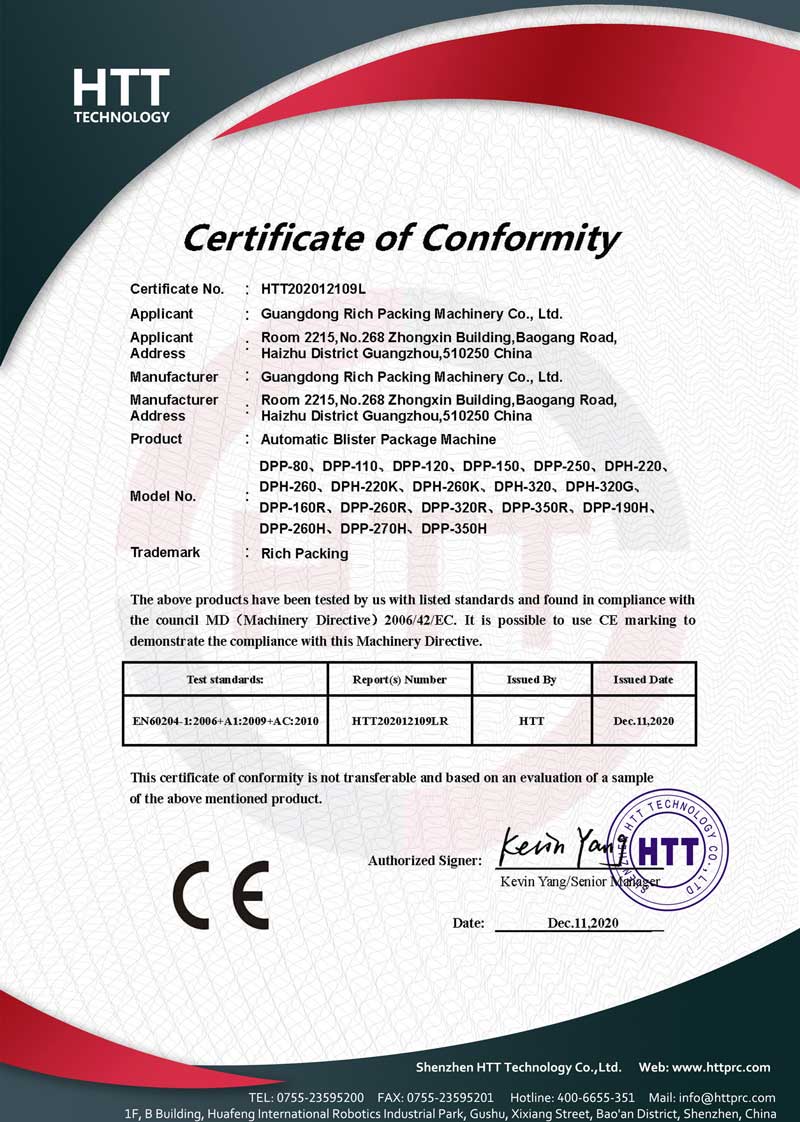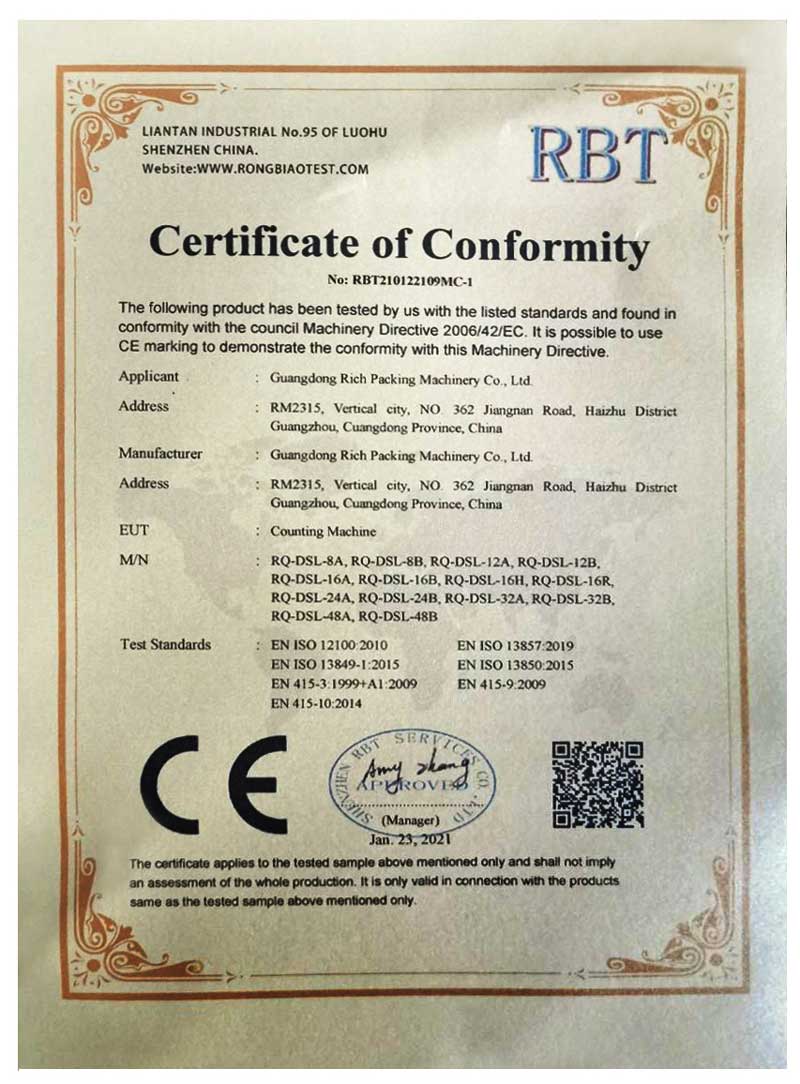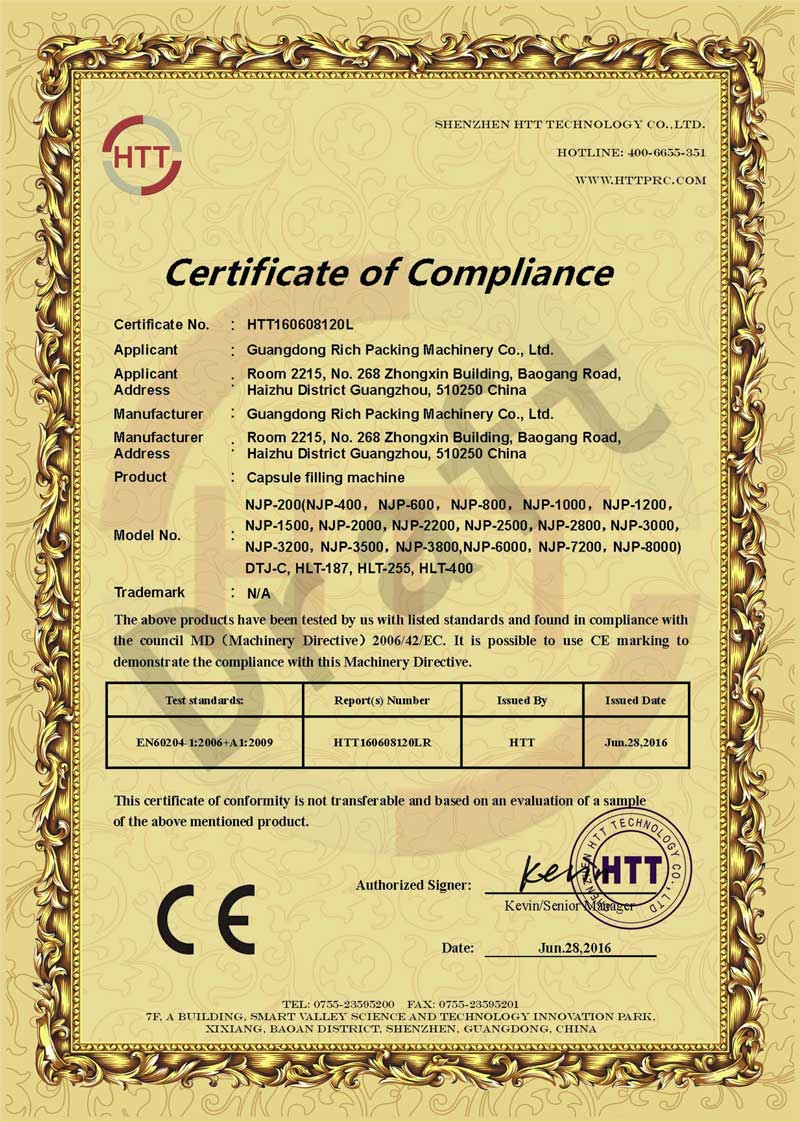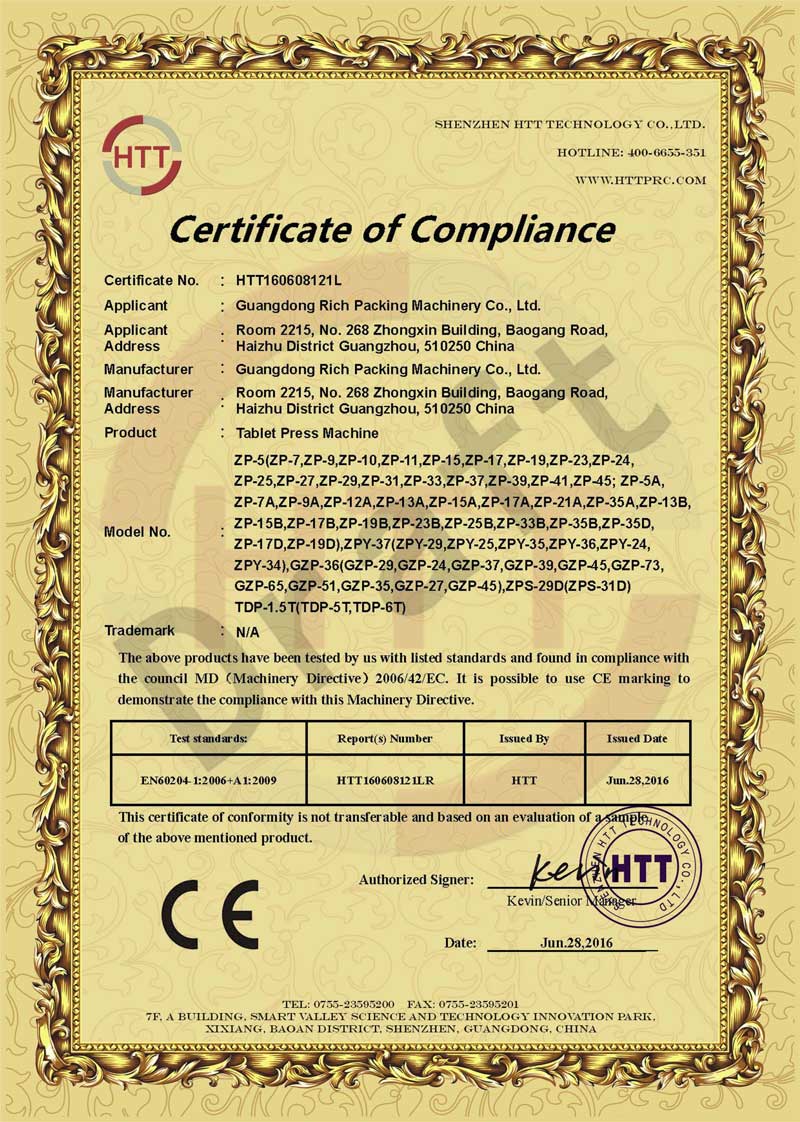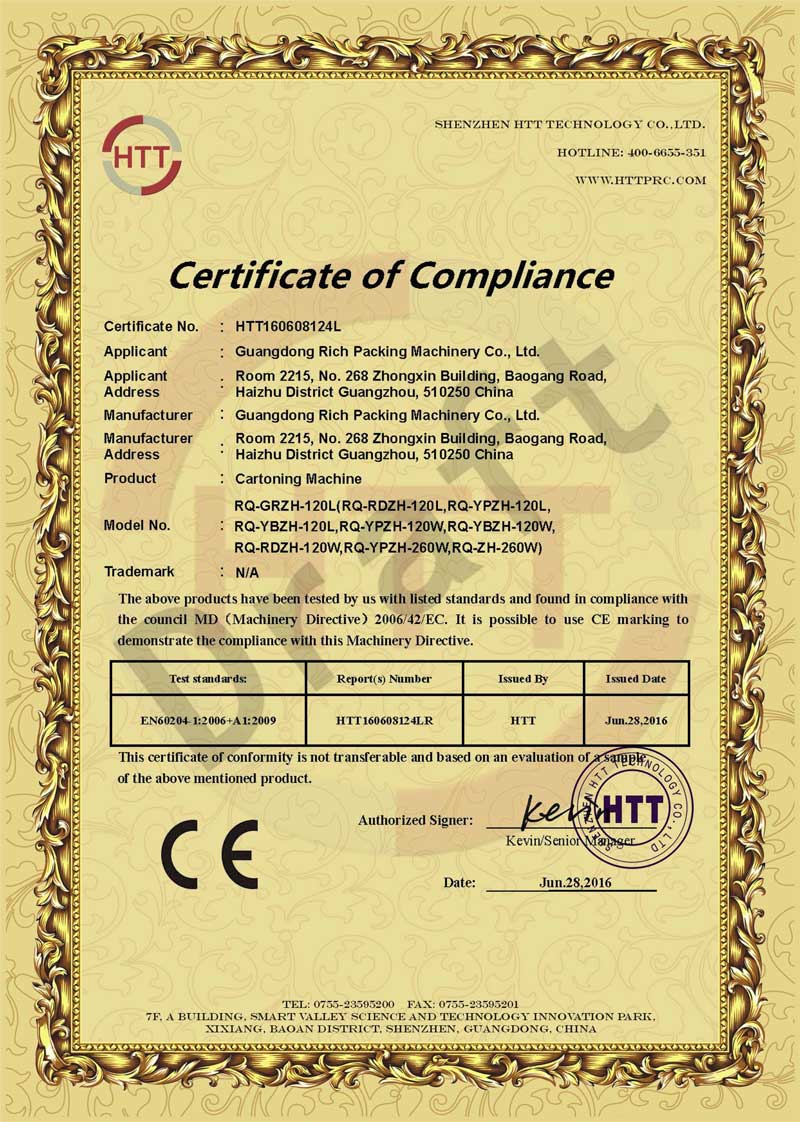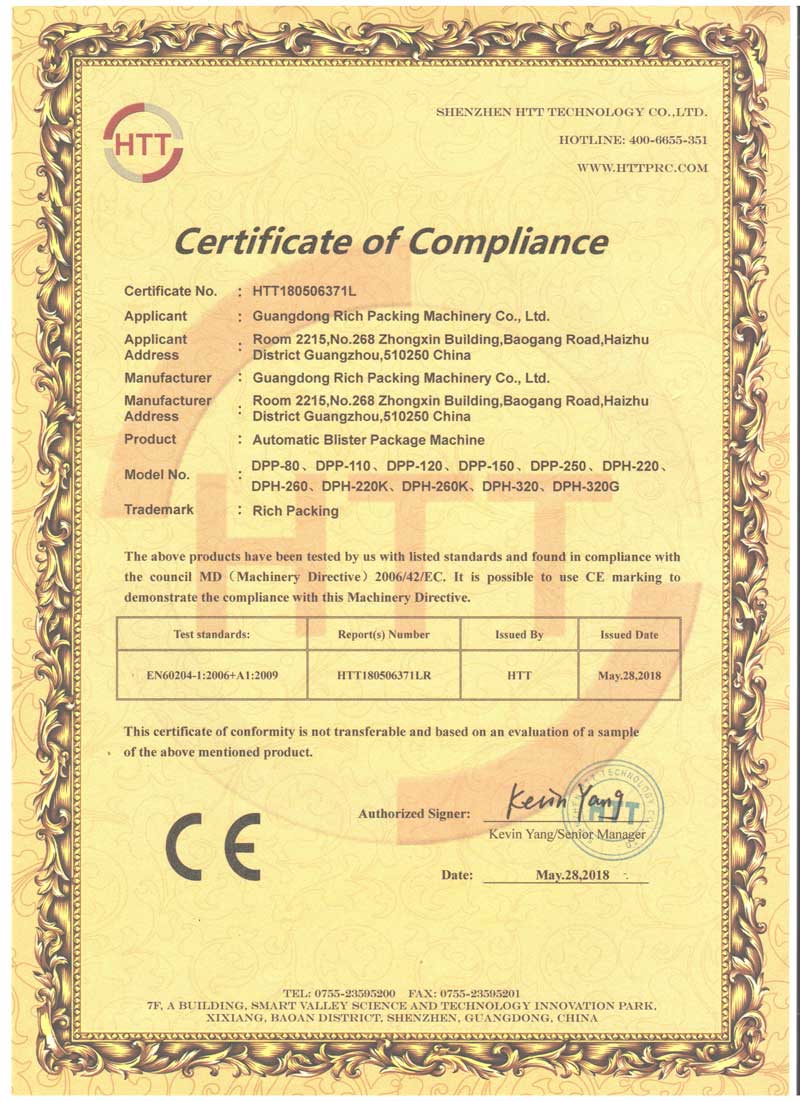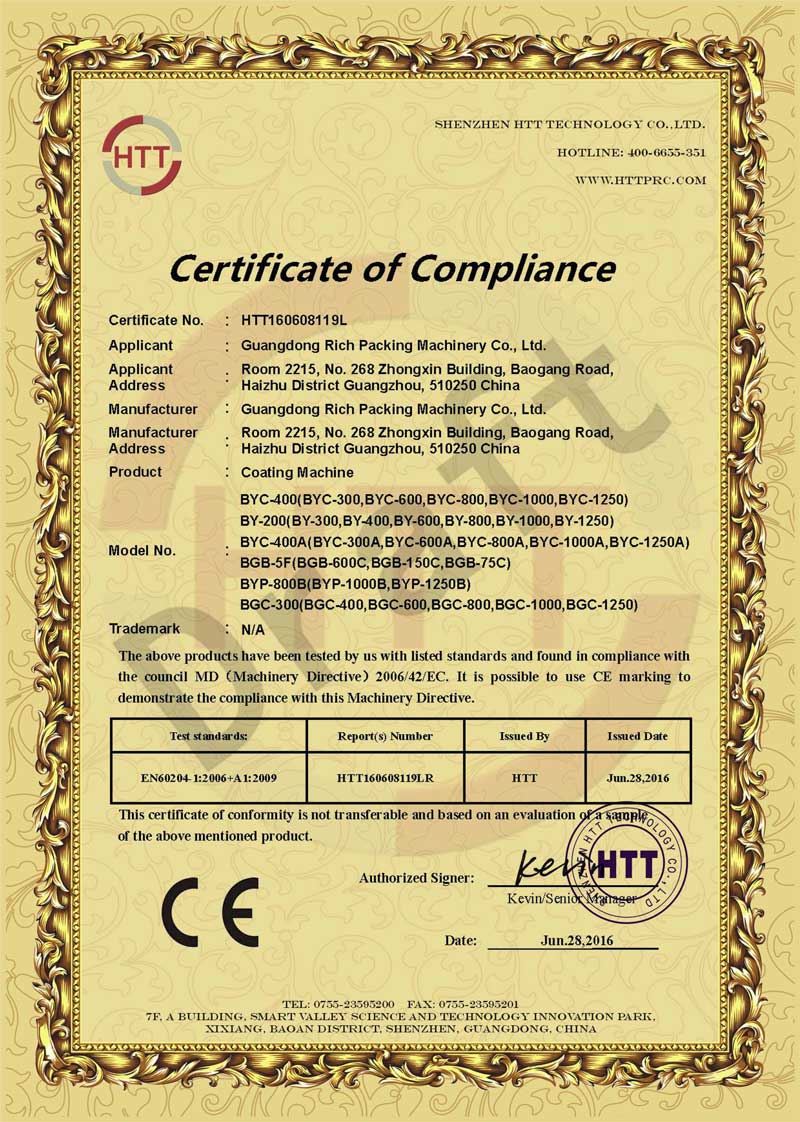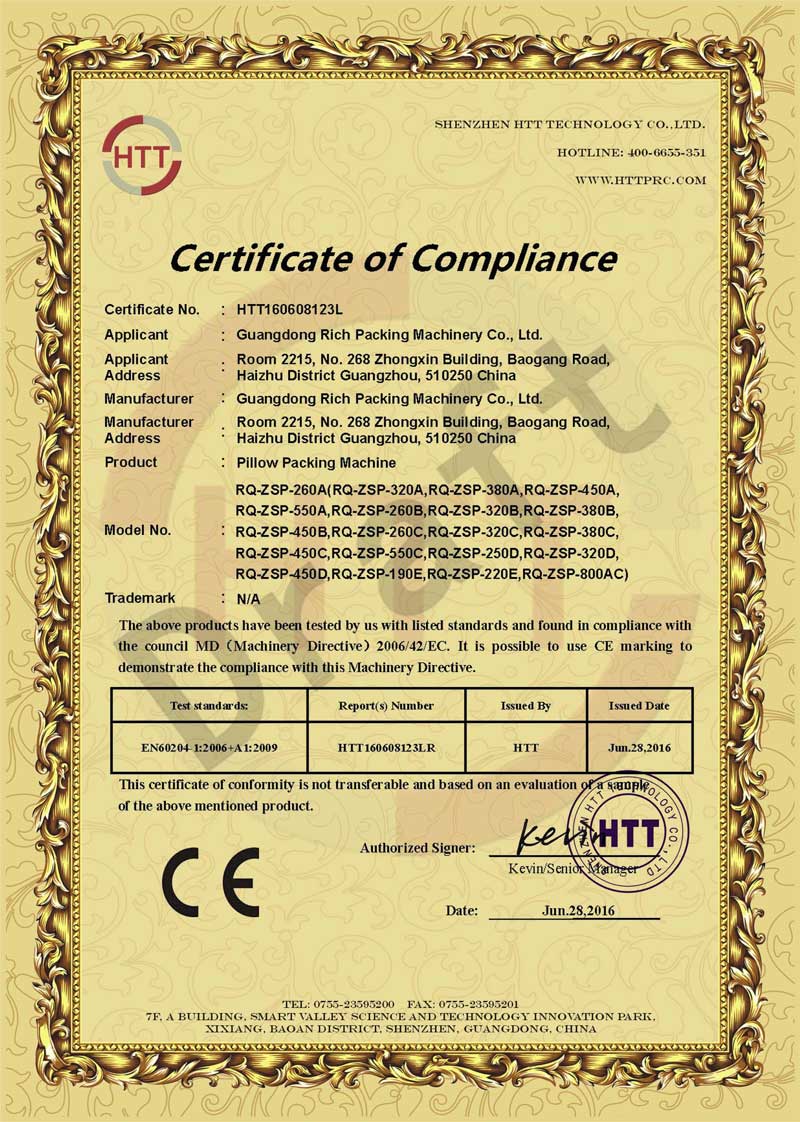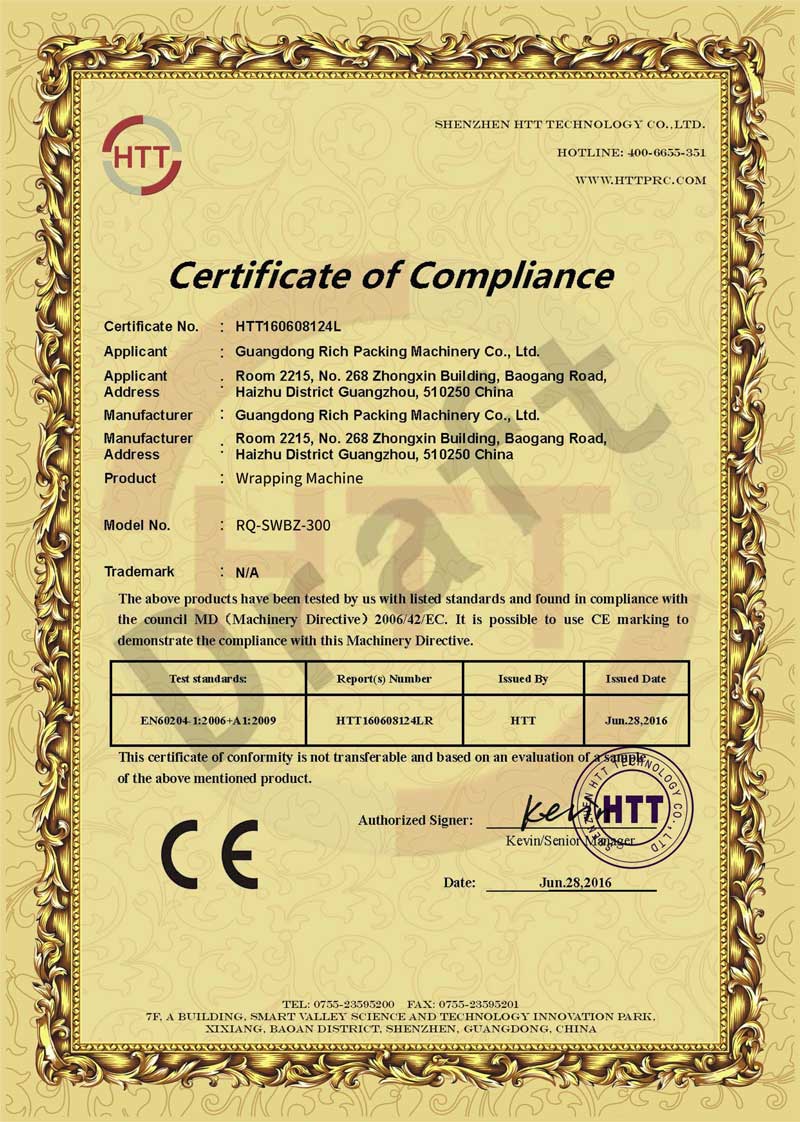Capsules vs Tablets: Differences, Pros & Cons, and When Each Form Is Better
Introduction Choosing between capsules vs tablets is about far more than the shape of the pill or whether it’s easy to swallow. The dosage form you choose can influence how well a product works, how quickly its benefits appear, how stable it remains throughout its shelf life, and what it ultimately costs to produce. These differences matter to everyday consumers, healthcare practitioners, and manufacturers alike—because the form determines not just convenience, but overall performance. Whether you’re a health-focused consumer comparing supplement labels or part of a pharmaceutical or nutraceutical team planning a new formulation, understanding the distinctions between dosage forms helps you make decisions that are based on how each form truly functions rather than how a product is marketed. With clearer insight, you can evaluate absorption speed, ingredient compatibility, stability, dose flexibility, and long-term product reliability more confidently. This article walks through how each form is made, how it behaves in the body, key pros and cons, and when one format clearly has an advantage. You’ll also see comparison tables and practical examples to make the science easy to apply in real-world decisions. 1. What Are Capsules? Capsules are small, cylindrical containers made from a gelatin or plant-based polymer shell. Inside that shell, manufacturers can fill powders, granules, beadlets, oils, or semi-solid pastes. The capsule's shell breaks down in the digestive tract after swallowing, releasing its contents for absorption into the body. 1.1 Types of Capsules Hard-shelled capsulesHard capsules are the classic “body and cap” design: two hollow halves that slide and lock together. • Typically filled with dry powders, pellets, or multiparticulate beads. • Certain designs can also hold liquids or semi-liquids, sealed after filling to prevent leakage. • Often used when the formulation doesn’t compress well into a tablet or when multiple bead types need to be combined in one dose. Soft-gel capsulesSoftgels are formed as a sealed, flexible shell around a liquid or semi-solid fill. • The shell is usually slightly thicker and more elastic, often transparent or semi-transparent. • Commonly used for oils, lipid-based formulations, and sensitive ingredients that benefit from being fully encapsulated. • Popular formats for fat-soluble vitamins, fish oil, CoQ10, herbal extracts, and fast-acting supplements. 1.2 How Capsules Release Medication After you swallow a capsule, the shell quickly absorbs moisture and starts to soften. Within minutes, it dissolves and the contents disperse into the stomach or upper intestine as loose powder, granules, or liquid. Because there is no solid mass that needs to break apart, many capsules have a faster onset than standard tablets. Liquid-filled capsules in particular c...
